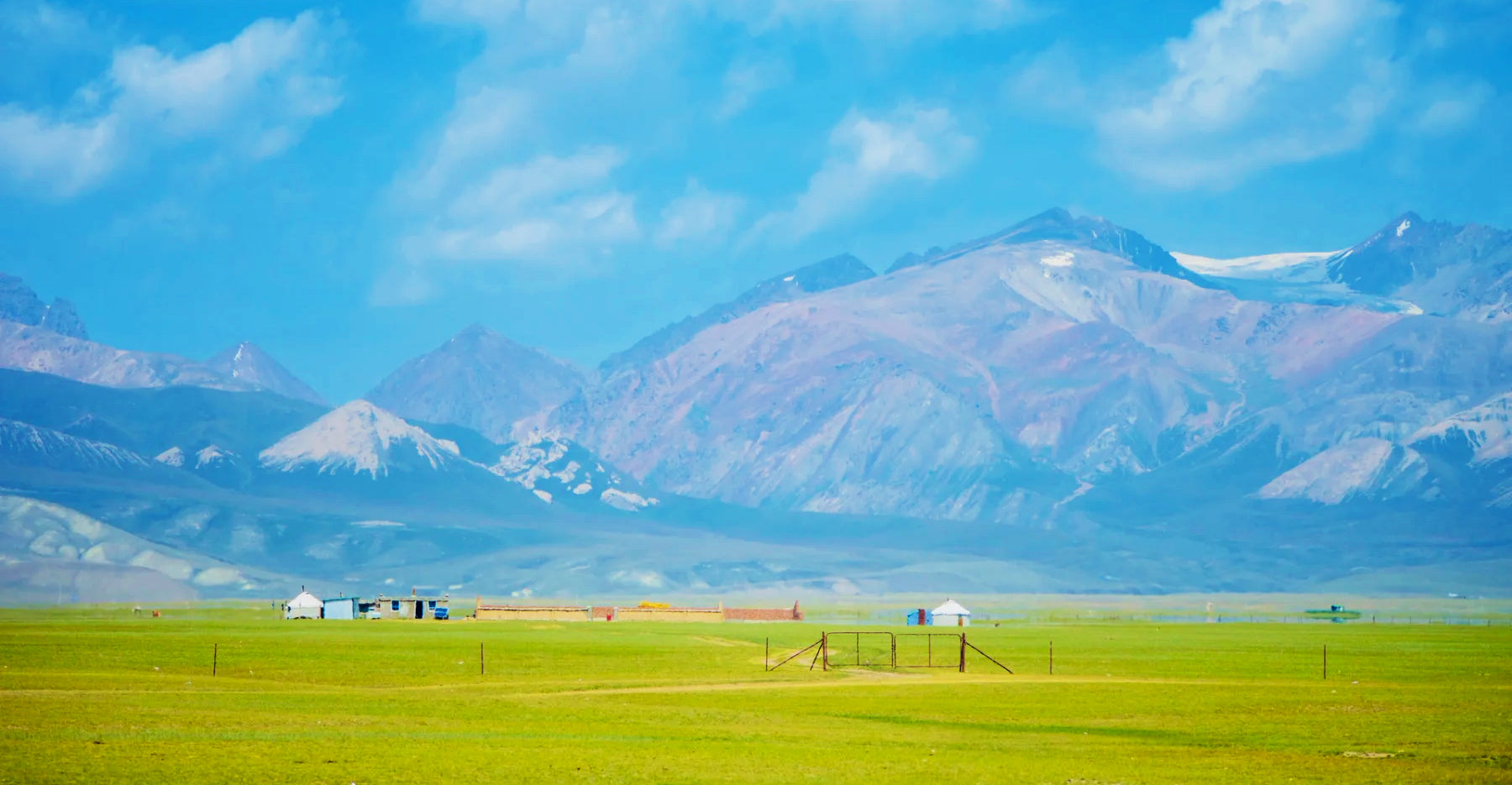
Chinese Famous Mountains: The Perfect Integration of Nature and
Share
China, with its vast territory, is home to numerous famous mountains, each carrying unique natural landscapes and profound cultural heritage, making them treasures that blend nature and humanity. Mount Tai, located in Shandong Province, is known as "the first of the Five Great Mountains." Its towering peaks have witnessed thousands of years of history—emperors of past dynasties held Fengshan ceremonies here to worship heaven and earth. At dawn, standing on Yuhuangding (Jade Emperor Peak) and looking down, the red sun rises slowly from the sea of clouds, dyeing the sky with golden light. The magnificent scene of "Mount Tai Sunrise" has shocked countless people. Confucius once said, "Climbing Mount Tai makes one feel the world is small." Today, a large number of stone inscriptions remain on the mountain, including inscriptions by emperors and poems by literati. Walking here is like traveling through a corridor of time.

Mount Huangshan, situated in Anhui Province, is famous for its "Four Wonders": strange pines, grotesque rocks, sea of clouds, and hot springs. The Guest-Greeting Pine grows out of the rock, with its branches spreading like a warm welcome to visitors from afar. The Flying Rock stands on the mountain, seemingly precarious but stable for thousands of years, amazing people with the magic of nature. After a rainy day, the sea of clouds spreads over the valleys, and the peaks loom like small islands in the clouds, resembling a fairyland. Xu Xiake, a geographer of the Ming Dynasty, traveled to Mount Huangshan twice and wrote detailed travel notes. Today, it remains a source of inspiration for painters and photographers, with every view like a traditional Chinese ink painting.

Mount Emei, in Sichuan Province, is one of China's four famous Buddhist mountains, with ancient temples scattered among the mountains and incense lingering in the air. The Golden Summit is the iconic landscape of Mount Emei. At dawn, the sun shines on the Golden Hall, emitting brilliant light. If lucky, you can also see the "Buddha's Light"—a colorful halo formed by sunlight passing through clouds, as if blessed by the Buddha. The mountain has rich ecology, and macaques are often seen playing in the forests and interacting friendly with tourists, combining the solemnity of Buddhism with the vitality of nature.

Mount Lushan, located in Jiangxi Province, is famous for its grandeur, strangeness, danger, and elegance, and is even more renowned for the poems and essays of literati. The Lushan Waterfall, described by Li Bai in his poem "It plunges three thousand feet down, as if the Milky Way falls from the nine heavens," is still a must-visit attraction for tourists. The waterfall pours down from the cliff, with splashing water and a loud sound. Mount Lushan is also a famous summer resort. In summer, the temperature on the mountain is cool, and it is shrouded in mist. Walking on the forest paths and listening to the rustle of pine trees, you feel as if you are in a paradise. These famous mountains are not only natural wonders but also carriers of Chinese culture, waiting for people to explore and experience.








